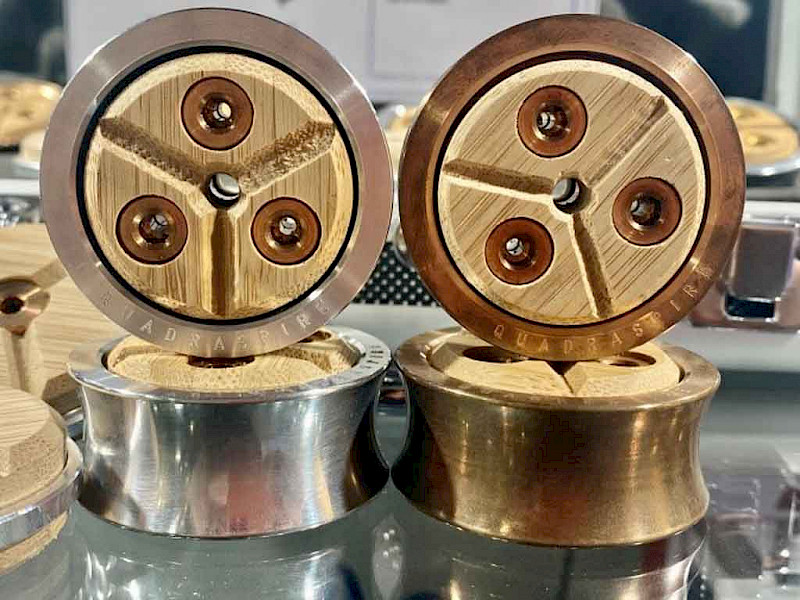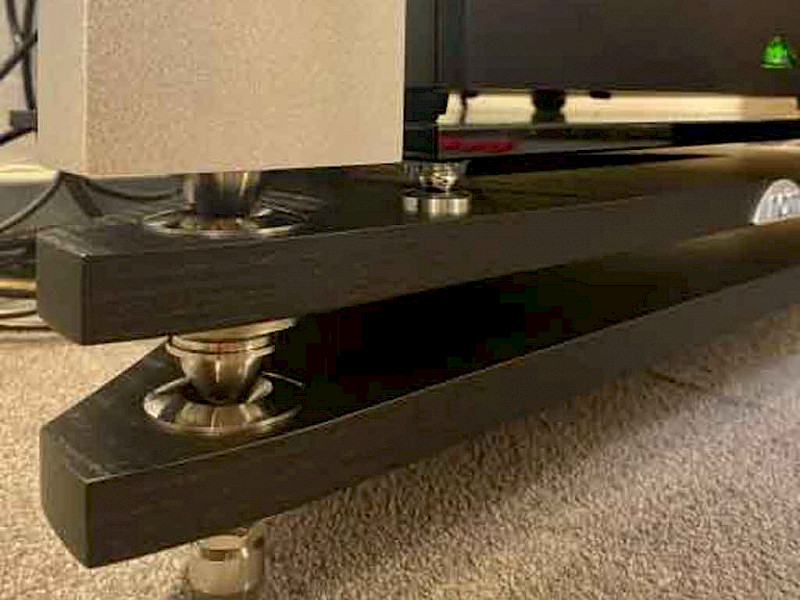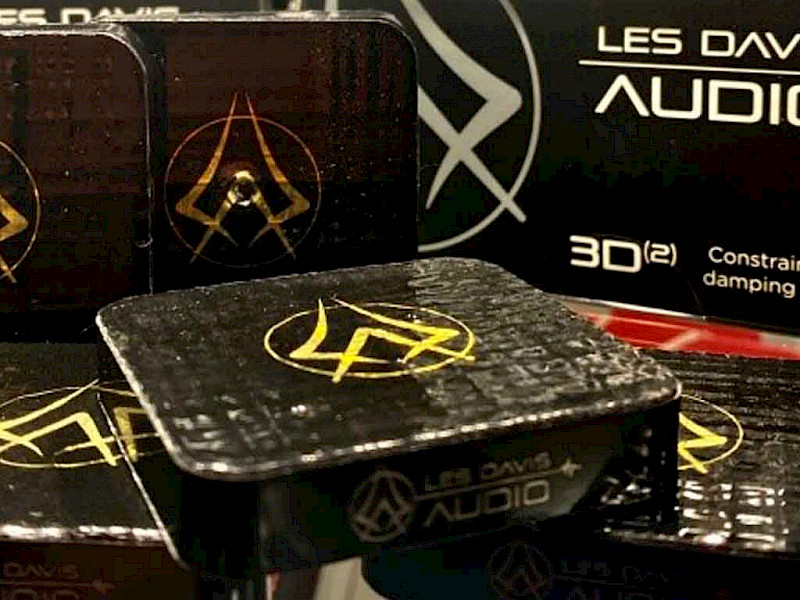How to Tune Your Hi-Fi – Part 2 – Vibration
Be it an analogue or a digital based source, transistor or valve amplification, all Hi-Fi systems are susceptible to vibration.
If you jog a CD player or Turntable, the sound jumps and signal is lost. This we would bracket as low frequency mechanical vibration. If you jog your amplifier, the sound continues to play without effect. However, if you introduce higher frequency energy into an amplifiers circuitry, distortion can become apparent on the amplifiers output.
Electronic components within our Hi-Fi components can act as microphones, known as being microphonic. Valves, capacitors, crystal oscillators, tone arms, cartridges, cables and even the circuit boards themselves can exhibit microphonic behaviour.
It is fair to say that the designers and engineers go to great lengths to control and or reduce or even harness these effects. In fact the best engineers understand and harness the energy to use it or move it in a positive way.
An example of good microphonic effect is distortion within an amplifier, giving the amp a specific tonal quality (sometimes associated with valve amplifiers). Bad microphonic sound causes the loss of low level micro detail within a Hi-Fi system, for some of us audiophiles, this is unacceptable.

Here are a few basic rules to help reduce vibration and energy transfer within a Hi-Fi system:

1, Do not stack components on one another.
Vibration can freely pass between each component, which in the worst case can cause a loop of unwanted distortion, which will be amplified by the system.
2, Choose the material the equipment is standing on carefully.
It is possible to alter the sonic characteristics of a system by standing it on different materials. The harder the better is not always true. Concrete or Glass under equipment may seem great as it is ridged, but can exhibit harsh results if not carefully used. Harder surfaces , the more unwanted energy will be reflected into back into the system.
3, Do not over damp
Damping can have a positive or negative effect. Too little absorption (reflection of unwanted energy) can make a system sound harsh. Too much absorption and you can overdamp the system, causing a loss of dynamics. A rubber mat can be used to damp a component. This will absorb some unwanted energy from the component, but may be detrimental to the sound. Different compounds will have different results, so trial and error is needed to find which material works best in a given system.

4, De-Coupling and Filtering
We have been following a growing range of products which actively de-couple the component from the surface it is standing on. The aim is to allow energy to leave the components chassis, whilst not
allowing the energy to pass back up into the chassis from the surface it is standing on. We do not want to over-damp, so these products should be chosen to absorb only energy which is deemed harmful to the audio signal.
5, Loudspeaker Stands and Equipment Supports
A good stand is the difference between good sound and amazing sound. Over the years we have seen low mass, open frame designs, to ultra-high mass, lead shot filled ‘monster’ stands. The stand should be chosen with the specific speaker and components in mind. So the following is only a rough guide.

The main purpose of loudspeaker stands is to get the speaker to the correct height, then hold it rigidly so the energy from the cones/diaphragms can most effectively convert into sound waves within the room. The second, less considered element, but no less important, is the removal of unwanted energy from the loudspeaker cabinet. Again the same basic principles apply. We do not want to over-damp the speaker as this can make the sound less palatable. The best designs will hold the speaker rigidly, while dissipating just enough (dependant on loudspeaker design) unwanted energy through the stand and away from the loudspeaker. This reduces the stored energy within the speaker cabinet, revealing more detail within the music.
A good Hi-Fi rack will be built to try and move unwanted energy away from the components sitting on it. Individual shelves can be decoupled further reducing energy transfer. Using additional devices to decouple components from the shelves works well too and will allow an element of fine tuning.
6, Enjoy the music
see above!




